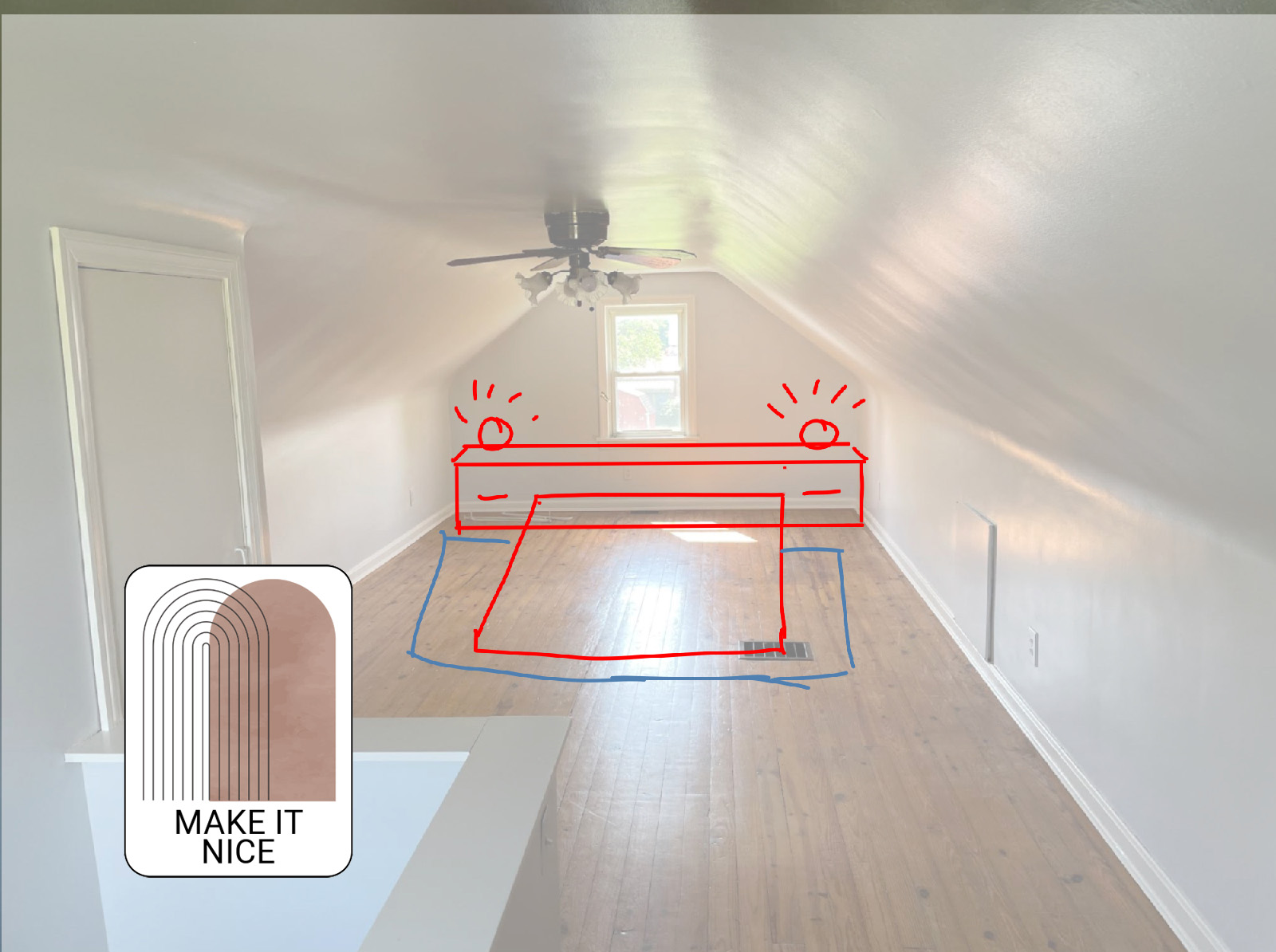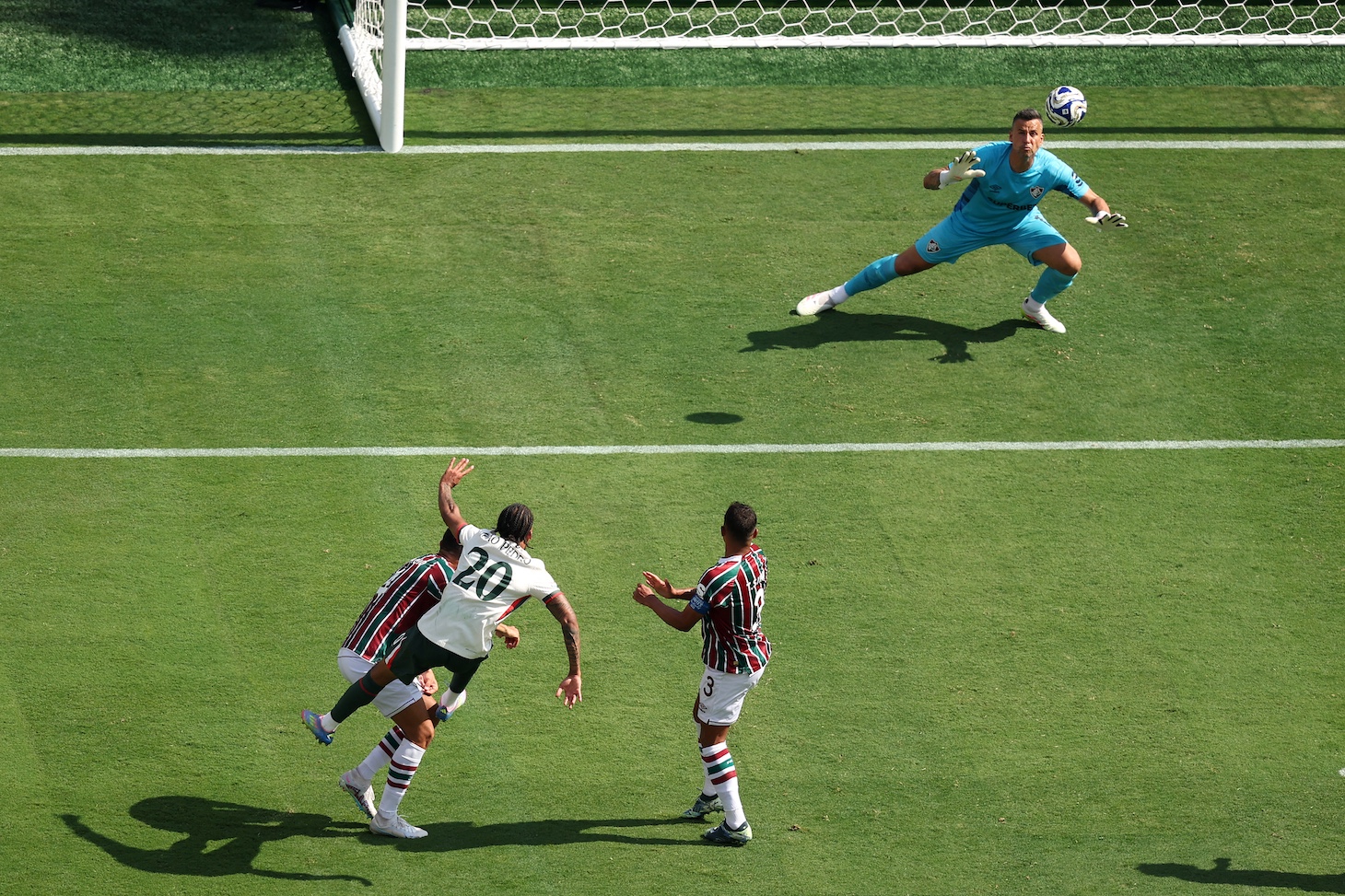USA Gymnastics, the U.S. Olympic and Paralympic Committee, and their insurers have agreed to pay $380 million to the hundreds of athletes who said they were sexually abused by Larry Nassar, the former longtime doctor to the U.S. women's national gymnastics team. The settlement was approved Tuesday by Judge Robyn Moberly in an Indiana bankruptcy court as part of USA Gymnastics' 186-page plan for reorganizing. USA Gymnastics declared bankruptcy in late 2018, two years into the Nassar scandal, with hundreds of people saying they had been abused by Nassar under the guise of medical treatment while those in power did nothing to stop him.
The settlement, according to the Wall Street Journal, is "among the largest ever recorded for victims of sex abuse." Along with the hundreds of Nassar survivors, it also includes athletes who were abused by coaches, per the WSJ.
Though the headlines focused on the settlement amount, that's not the only step USA Gymnastics says it plans to take in an effort to make good with its former, current, and future gymnasts. The bankruptcy court document also contains about five pages of changes that USAG says it will make to investigate and prevent abuse in its sport. Here they all are:
USAG's Leadership and Staff
USAG agreed to changed its board structure, going from 21 directors to 15. Of those 15, eight are to be "independent," five are to be athletes representatives, one is to be a national team director, and one is to be an affiliated organizations director. At least one board member will be a survivor. At least one member of USAG's SafeSport committee and at least one member of its Athlete Health and Wellness Council also must be a survivor. The bankruptcy document said that the survivors' committee is working on a process to "nominate and/or select" the people who will fill these positions.
USAG said that any complaints made about a person on its board or a standing committee will be addressed "by the USAG board at the next board meeting following the complaint, or within 30 days, whichever is earlier."
USAG has added "supporting and encouraging athlete wellness" into its employees' jobs, and all new hires get SafeSport training "within their first week."
USAG also has retained lawyer Deborah Daniels to audit their progress on the athlete safety report she authored for them several years ago.
Athlete Safety
USAG updated its SafeSport rules and procedures. The changes made, according to the bankruptcy document, include:
- Creating a permanent SafeSport committee.
- Removing the president from any role in processing complaints.
- Easing complaint filing requirements. (The document does not say what the requirements were before and does not give any examples of what was done in this area.)
- Publishing the names of people who have been suspended or permanently banned.
- Saying that a gym cannot be a USAG member unless it agrees to "adopt and share" SafeSport policies with its coaches, employees, and gymnasts
USAG also expanded the number of people in its SafeSport department. They now include: a director of education and policy, a lawyer, four investigators, an administrative manager, and a paralelgal. (The document does not say how many people were previously in the office.) This department will be overseen by a chief of athlete wellness, whose duties also will include devising "holistic athlete health and wellness initiatives."
USAG will make sure that posters about how to report abuse will be placed at venues with events or camps that USAG hosts. USAG will pay for and provide the posters.
USAG also said it will make further upgrades to the tools it has in place for reporting abuse. Right now, USAG has a hotline, email address, and website for making reports. The organization said it also will set up a reporting portal that can be accessed using a QRC code, as well as a hotline or portal that is so easy a child could use it. All the information provided will be given "promptly" to the U.S. Center for SafeSport.
USAG said it has adopted an Athlete Bill of Rights, and has worked with the Positive Coaching Alliance to create training for clubs, gyms, gymnasts, parents, organization staff, national team staff, and national team coaches.
USAG will do a culture survey every year, and incorporate "some aspect of athlete wellness" into all sponsorship and partnership deals.
Finally, there's what's best described as a grab bag of vague ideas: become more "data-driven" on the topic of athlete safety, create more educational programming, be more transparent in SafeSport processes, and "engage" with stakeholders and survivors.
What looms heaviest over these guarantees are what gymnasts, along with athletes in other sports, have said about SafeSport: They don't trust it. SafeSport still relies on the USOPC for funding, even though it's supposed to be independent. It has had its servers hacked. It has been called a "joke" by fencers who repeatedly reported sexual misconduct to it. To that, the bankruptcy document says very little except that USAG will work with the survivors committee to "address issues that currently exist with the Center’s performance." An example given is USAG helping set up a meeting between SafeSport and the survivors committee.
Member Clubs
USAG will require member clubs to do the following:
- Adopt USAG's SafeSport policies. They also must acknowledge that they have an obligation to any suspicion of abuse to law enforcement.
- Put up reporting posters in "prominent places" in their gyms.
- Provide athletes as well as their parents with information about sexual abuse and how to report it. USAG will pay for pamphlets that gyms will provide.
- Provide volunteers, gymnasts, and coaches with training on appropriate boundaries, sexual assault, abuse, and ways to report it.
- Require all volunteers, coaches, owners, and anyone with "regular contact with or authority over minor athletes" to undergo SafeSport training.
- Have information on their gym's website about assault and abuse and how to report them.
- Prohibit one-on-one contact between minors and unrelated adults, as outlined by SafeSport policy.
- Have a "safety champion," who will be responsible for "communicating with USAG and facilitating compliance with the above mentioned requirements." How to select and train the person in this position is being discussed by the survivors' committee, according to the document.
- Member clubs will be audited for SafeSport compliance. The document does not say how frequently this will happen.
Athlete Protests
This language has been added to the national team handbook:
As a National Team athlete, you have an opportunity to use your voice to help improve the sport and the National Team experience by providing critical feedback, responding to surveys, and speaking candidly about what is and is not working well. Our role at USA Gymnastics is to listen to your feedback, and ensure that your input is an important component in the planning and decision-making process. In a number of forums (e.g., on social media, at press conferences, etc.), you also have a platform to use your voice in other ways – whether that is to inspire the next generation of gymnasts, provide feedback on your experiences, share personal anecdotes, or advocate for causes you believe in. Your choice to do so – including through peaceful protest at a USA Gymnastics’ event – will not impact selections, team participation, or results, to the extent it is under USA Gymnastics’ control (i.e., the Olympic Games are not under USAG control), so long as you are complying with the USA Gymnastics’ policies, including the Code of Ethical Conduct.
USAG Chapter 11 bankruptcy plan
Restorative Justice
In its press release about the settlement, USAG mentioned fairly high up that it provided for "a Restorative Justice process to facilitate historical accountability, reconciliation and continued cultural transformation in the gymnastics community." But the actual language in the bankruptcy document reads a bit differently. Though the USAG press release makes it sound like this restorative justice process is already happening, the bankruptcy document makes clear that this is still under discussion. From that document:
The Debtor and the Survivors’ Committee are discussing a process to provide for historical accountability, healing for all stakeholders, with focus on the survivors, and future supervision, monitoring, auditing and implementation of the Plan’s Non-Monetary Commitments. The Survivor’s Committee and the Debtor commit to continued discussions regarding the hiring of an independent, trauma-informed expert, with experience in childhood sexual abuse involving betrayal trauma/institutional betrayal. The Survivors’ Committee and the Debtor commit to continued discussions about the work and make-up of a Restorative Justice Task Force.
USAG Chapter 11 bankruptcy plan
Will USAG keep all these promises? Right now, that's impossible to know. They should, and the existence of a committee made up of abuse survivors will help. But going over this document, I couldn't help but think back to 1995, when Joan Ryan published her thorough and scathing investigation into women's gymnastics and figure skating, the book Little Girls In Pretty Boxes: The Making and Breaking of Elite Gymnasts and Figure Skaters. I was old enough to remember the book coming out and its documentation—of physical abuse, emotional abuse, and the ways those manifested in disordered behavior for athletes years after they left their sports—quickly becoming national news. Ryan even talked about it on the Oprah Winfrey Show, which had an estimated viewership of 48 million people. Will this time be different? I want it to be. Surely millions of people, including gymnastics fans and gymnasts themselves, want it to be, too. But this is a task that gymnastics leadership has faced and failed before. If they do make changes, I doubt it will be because those in power desire them. It will be because the gymnasts themselves don't give them any other choice.
A copy of the full joint chapter 11 plan is below.







